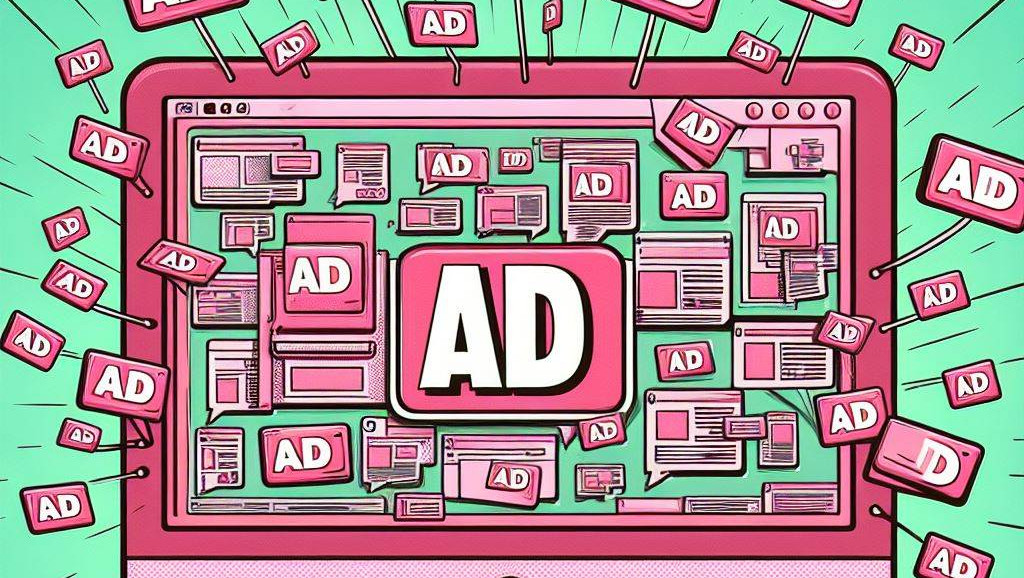The Next Frontier in Ad Tech Innovation: Exploring the 10 Millisecond Opportunity with Index Exchange’s John Tigg
by on 18th Sep 2025 in News

John Tigg, senior vice president, buyer development at Index Exchange, discusses a new opportunity in ad tech brought about by a rapid increase in computational power. What does the advancement mean for advertisers?
Can you expand on the new opportunity here for the ad industry?
Typically, the average length of an ad call is 200 milliseconds. Now, due to a rapid increase in computational power, we see an exciting window of opportunity in the 10 milliseconds before a bid request is even sent. Today, sophisticated data science and custom algorithms can be applied to a bid request before it ever reaches the DSP. That means decisioning isn’t limited to just the buy side anymore – the supply side now has the ability to shape demand, apply intelligence, and unlock value in real time. This creates a fairer, more efficient marketplace, and ensures that media owners have more control over how their inventory is valued and accessed.

How can earlier decisioning in programmatic auctions increase value, and what does it mean for both advertisers and publishers?
Earlier decisioning means smarter auctions. For media owners, it means inventory can be packaged, curated, and priced with greater precision, ultimately driving higher yield. For advertisers, it means bids are informed by richer, cleaner signals, increasing the likelihood of reaching the right audience at the right time – without wasted impressions or unnecessary hops across the supply chain. The net effect is improved performance, stronger ROI, and a healthier ecosystem where value is created closer to the source of supply.
How is this reshaping the sell-side strategy?
Sell-side strategy is no longer just about access – it’s about decisioning. Publishers and their technology partners are moving from being passive sellers of impressions to active participants in the value chain. With the ability to run custom bidding algorithms, apply predictive models, and create curated marketplaces across the open internet, the sell-side is rebalancing the scales. This shift is about empowering publishers to build long-term, sustainable businesses by offering buyers higher quality and more transparent supply paths.
What do these advances tell us about the way the industry is evolving?
The industry is moving towards efficiency, transparency, and simplification. For too long, complexity has lived in the middle of the supply chain, creating cost and opacity. Advances like sell-side decisioning point to a future where the open web can compete head-to-head with walled gardens – by offering both scale and intelligence, while preserving transparency. The evolution shows us that innovation is not just happening on the buy side; the sell side is now equally capable of driving performance and differentiation.
Is this innovation in computing enabling new solutions to be built on top of Index Exchange? Are there any examples of new solutions or categories that you can speak of?
Yes. The ability to process hundreds of billions of ad requests per day with single-digit millisecond latency is enabling new categories of solutions to emerge on top of our exchange. For example:
• Custom Bidding Algorithms – Partners are building bespoke bidding logic on the sell-side, improving conversion rates while reducing domain sprawl.
• Curated Marketplaces – Agencies and publishers are creating curated supply packages with unprecedented precision and transparency.
• AI Workflows – With decisioning infrastructure in place, partners can deploy AI models to optimise supply paths, preserve signal, and ensure quality outcomes.
These solutions are only possible because the underlying infrastructure exists — purpose-built for speed, scale, and neutrality. At Index Exchange, we see this as the foundation for the next wave of innovation across the open web.








Follow ExchangeWire